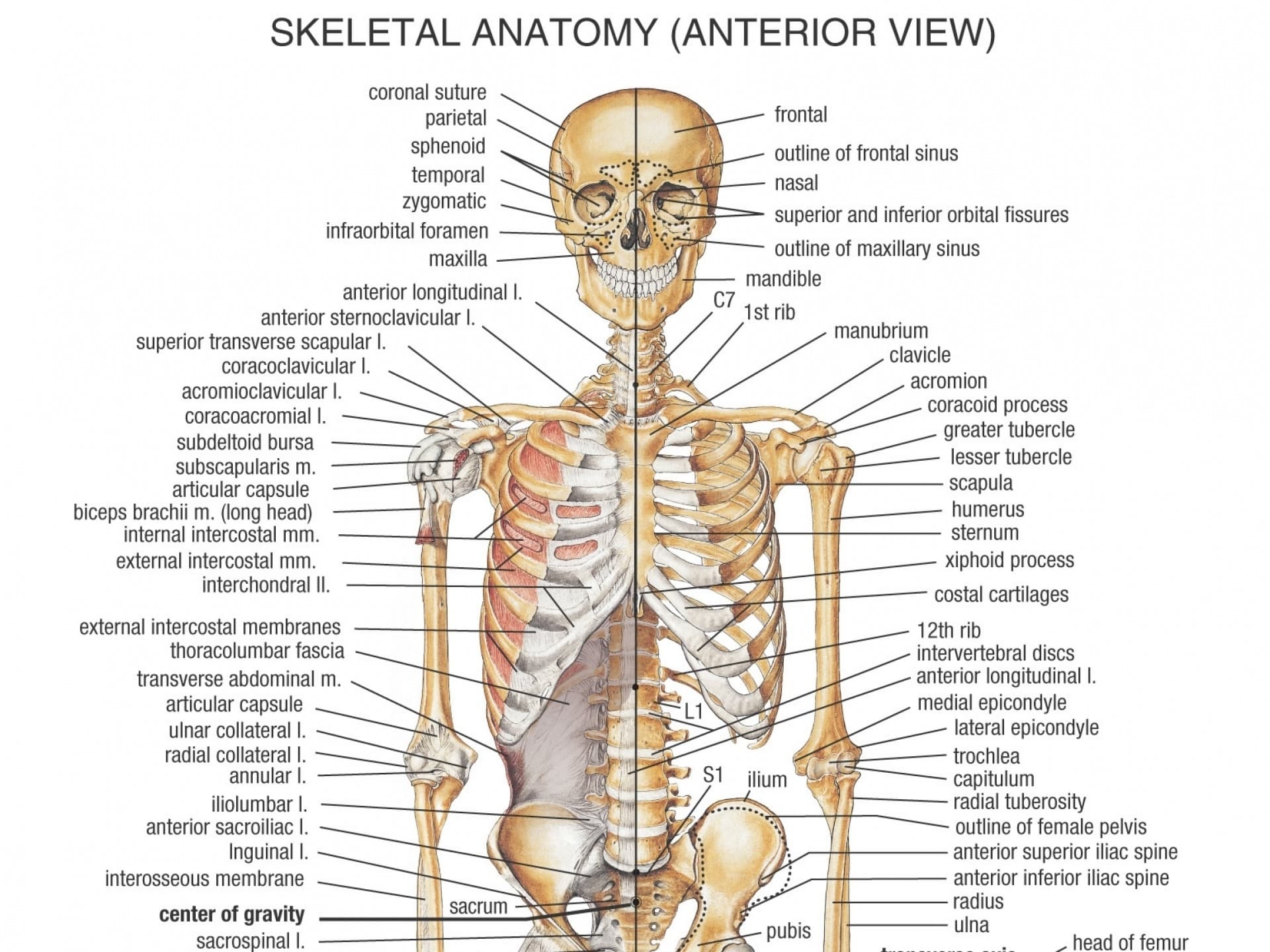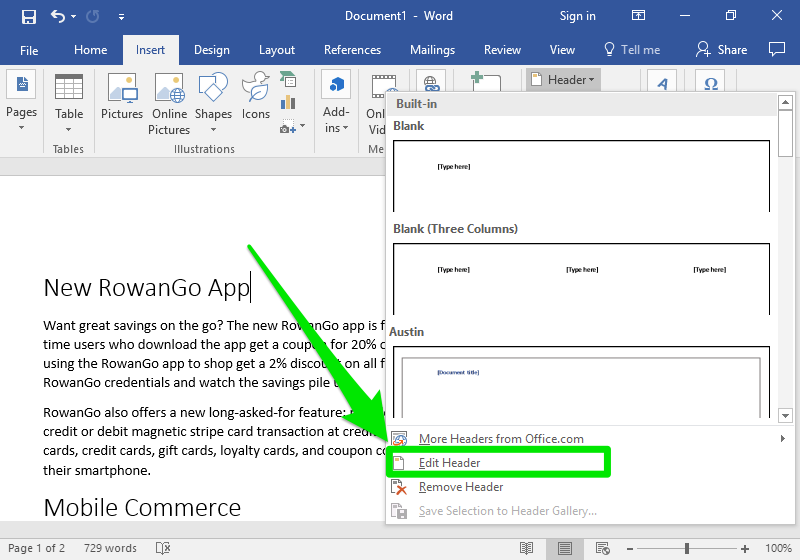
In the digital age, where attention spans are shorter than ever, the ability to craft a compelling blog post is more critical than ever. Whether you’re a seasoned content creator or just starting out, understanding the anatomy of a perfect blog post can make all the difference in engaging your audience and driving traffic to your site.
A well-structured blog post isn’t just about what you say—it’s also about how you say it. From headers that guide readers through your content to layouts that enhance readability, every element plays a role in keeping your audience engaged. In this article, we’ll break down the essential components of a perfect blog post, including headers, layout strategies, and more, to help you create content that resonates with your readers.
What Is the Anatomy of a Perfect Blog Post and Why It Matters
The “anatomy” of a blog post refers to its structure and elements that work together to create an engaging, informative, and user-friendly experience. A perfect blog post isn’t just about content—it’s about how that content is presented, organized, and delivered to the reader.
Headers, for example, serve as signposts that guide readers through your content. They not only improve readability but also play a crucial role in SEO by helping search engines understand the structure of your post. Similarly, the layout of your blog post affects how users interact with your content. A cluttered or confusing layout can turn readers away, while a clean, well-organized design encourages them to stay longer and explore more.
Understanding these elements is essential because they directly impact your blog’s performance. According to research, 80% of readers read only the headlines, making it clear that the way you present your content is just as important as the content itself.
How Headers and Layouts Impact SEO Performance
Headers and layouts aren’t just aesthetic choices—they have a significant impact on your blog’s SEO performance. Search engines like Google use headers (H1, H2, H3, etc.) to determine the structure and relevance of your content. Properly formatted headers help search engines understand the hierarchy of your content, which can improve your chances of ranking higher in search results.
Similarly, a well-designed layout enhances user experience (UX), which is a key factor in SEO. A mobile-friendly, responsive design ensures that your blog is accessible on all devices, which is crucial since over 60% of web traffic comes from mobile devices. Additionally, a clean layout with clear navigation helps users find the information they need quickly, reducing bounce rates and increasing dwell time—both of which are positive signals for search engines.
By focusing on headers and layouts, you’re not only improving the visual appeal of your blog but also boosting its visibility in search results.
Step-by-Step Implementation Framework
Creating a perfect blog post involves a structured approach. Here’s a step-by-step framework to help you implement effective headers and layouts:
-
Define or Audit the Current Situation
Start by analyzing your existing blog posts. Are your headers clear and engaging? Does your layout support easy navigation? Use tools like Google Analytics and SEMrush to identify areas for improvement. -
Apply Tools, Methods, or Tactics
Use header optimization techniques such as keyword placement, clarity, and hierarchy. For layouts, consider using a grid system for images, ensuring proper spacing between sections, and incorporating multimedia elements like videos or infographics. -
Measure, Analyze, and Optimize
After implementing changes, monitor your blog’s performance using analytics tools. Track metrics like bounce rate, time on page, and conversion rates. Use A/B testing to compare different header styles and layouts and see which ones perform best.
By following this framework, you can ensure that your blog posts are not only visually appealing but also optimized for both readers and search engines.
Real or Hypothetical Case Study
Let’s look at a hypothetical case study of a fashion blog that revamped its header and layout strategy.
Before the change, the blog had generic headers like “Fashion Tips” and a cluttered layout with too many images and text blocks. This led to high bounce rates and low engagement.
After restructuring, the blog introduced clear, keyword-rich headers such as “How to Style Your Outfit for Different Occasions.” The layout was simplified with a clean grid system, larger images, and better spacing between sections. The result? A 40% increase in time on page and a 25% boost in organic traffic within three months.
This case study highlights how strategic changes to headers and layouts can significantly improve a blog’s performance.
Tools and Techniques for Headers and Layouts
To help you create effective headers and layouts, here are some modern tools and techniques:
- SurferSEO: A powerful tool for optimizing headers and content structure. It provides insights into keyword usage and content density.
- Grammarly: Helps ensure your headers are clear, concise, and free of errors.
- Canva: Ideal for designing visually appealing layouts and adding multimedia elements.
- WordPress Block Editor: Offers a drag-and-drop interface for creating responsive, mobile-friendly layouts.
- Google Analytics: Tracks user behavior and helps you understand how readers interact with your headers and layout.
- Yoast SEO: Provides real-time feedback on header optimization and content quality.
These tools can streamline your workflow and help you create blog posts that are both engaging and optimized for search engines.
Future Trends and AI Implications
As AI continues to evolve, the way we approach headers and layouts will also change. With advancements in natural language processing, AI tools will become even better at suggesting optimal headers based on content and audience preferences. Additionally, AI-driven design tools will allow for more personalized layouts tailored to individual user experiences.
Voice search and multimodal search are also shaping the future of content creation. As more users rely on voice assistants and visual search, headers and layouts will need to be even more intuitive and accessible. This means prioritizing clear, concise headers and mobile-friendly designs that cater to diverse user needs.
Staying ahead of these trends will require a proactive approach to content creation, leveraging AI tools to enhance your blog’s structure and performance.
Key Takeaways
- Headers act as signposts that guide readers through your content and improve SEO.
- A well-designed layout enhances user experience and increases engagement.
- Proper header optimization includes keyword placement, clarity, and hierarchy.
- Responsive design ensures your blog is accessible on all devices.
- Tools like SurferSEO and Yoast SEO can help you optimize headers and layouts effectively.
- Future trends like AI and voice search will continue to shape how we approach blog content.
By focusing on the anatomy of a perfect blog post, you can create content that not only engages your audience but also performs well in search results. Start implementing these strategies today and watch your blog thrive.
Meta Title: The Anatomy of a Perfect Blog Post: Headers, Layouts & More
Meta Description: Learn how to create compelling blog posts with effective headers, layouts, and more. Improve engagement and SEO performance.
SEO Tags (5): blog post structure, header optimization, blog layout, SEO tips, content strategy
Internal Link Suggestions: [Parameter #1: Content Strategy], [Parameter #2: SEO Best Practices], [Parameter #3: User Experience Design]
External Source Suggestions: https://www.semrush.com/, https://www.surferseo.com/, https://www.yoast.com/









